Purpose & Significance of Fashion in Modern Society
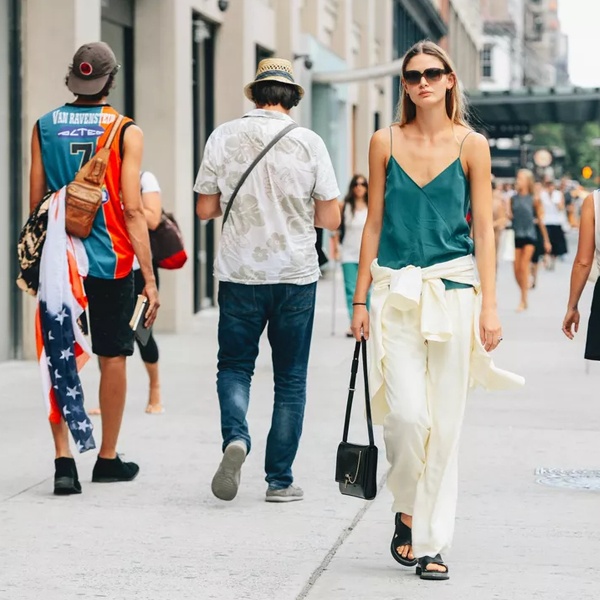
The modern fashion landscape profoundly influences psychological well-being, cultural identity and social dynamics. Personal styling transcends basic garment selection, serving as a powerful communication tool. Personal styling reveals desired social perception, what they believe in or even what mood they're in. Every choice, from a simple T-
shirt to a designer dress, says something. It may tell others where you're from, what kind of music you like, or which group you feel part of. In many ways, fashion speaks for you before you even say a word.
fashion also shifts with time. It reflects what's happening in the world - socially, politically and culturally. The clothes you see on the streets or social media often show new ideas or changing values in society. Fashion creates collective identity beyond individual expression. Fashion brings people together. Different regions, communities and age groups use it to express traditions, trends or movements.
So when we ask why fashion matters today, the answer is simple. This creative medium shapes identity while catalyzing transformation. It brings meaning to the everyday act of getting dressed.
Fashion Psychology: Identity and Self-Expression
Personal style transcends fleeting trends, revealing authentic character traits. Conscious wardrobe choices communicate individual values, emotional states and cultural affiliations. What we wear often speaks before we do. Streetwear is a good example. Loose fits, bold prints and specific styles aren't random. They show confidence, rebellion or group identity. The same goes for youth subcultures like punk or hip-hop. Their looks set them apart and say, 'This is who I am'.
Gender-fluid styling also uses fashion to break old rules. It lets people dress in ways that match how they feel, not what society expects. French thinker Roland Barthes said clothes work like signs. A jacket, colour or logo can send a clear message. Even without words, fashion speaks. It tells the
world something real about us.
Cultural Heritage & Symbolism in Modern Fashion
Traditional garments serve as cultural ambassadors, preserving heritage through contemporary interpretation. Regional clothing styles communicate ancestral connections and geographic origins. In India, a saree isn't just clothing. It carries culture. In Kerala, the white and gold kasavu saree and mundu are worn during
festivals and special days. They reflect tradition and pride in a simple, elegant way. In Scotland, tartan kilts do something similar. Each pattern belongs to a clan, holding family history in every line.
Korean fashion or K-fashion, is popular in Indian cities today. Young people blend Korean trends with local style. It's fresh, but still personal. Many Indian designers work with old weaving and fabric traditions. By using them in new ways, they keep the past alive in
modern fashion. Cultural dress isn't just what people wear. It shows who they are.
Confidence and Personal Empowerment
What you wear can shift your mood. That's the heart of fashion psychology. Clothes do more than cover - they affect how you feel about yourself. When you like your outfit, it shows. You stand taller, speak clearer and feel more sure of yourself. Garment selection reflects deeper psychological motivations. It's about feeling good in your own skin.
Power dressing is a great example. A crisp suit or fitted blazer can make you feel focused and in control. You are more likely to act confident when you feel it inside. Then there's the little
black dress. Simple, easy and always reliable. People reach for it when they want to feel strong without overthinking. Fashion has a quiet way of working on your mind. The right clothes don't just show who you are - they help you feel it too.
Fashion as Catalyst for Social Change
Fashion has started to reflect what people believe in. Today, more brands are choosing inclusivity. Clothes now come in all sizes, and models look more like everyday people. Body positivity is no longer a buzzword - it's becoming the norm. Gender-neutral fashion is also growing fast. People wear what they feel good in, not what labels say is 'male' or 'female'.
But fashion has its dark side too.
Fast fashion still pushes cheap clothes made in poor conditions, creating loads of waste. That's why many now turn to slower, cleaner options. Sustainable brands focus on fair pay, less waste and better materials.
Some designers are going bold - using old denim, plastic bottles, even
cigarette butts to create new looks. These aren't just clothes. They make people stop and think. Fashion, once silent, is now a voice for change. And people are listening.
Technology Reshaping Fashion Industry
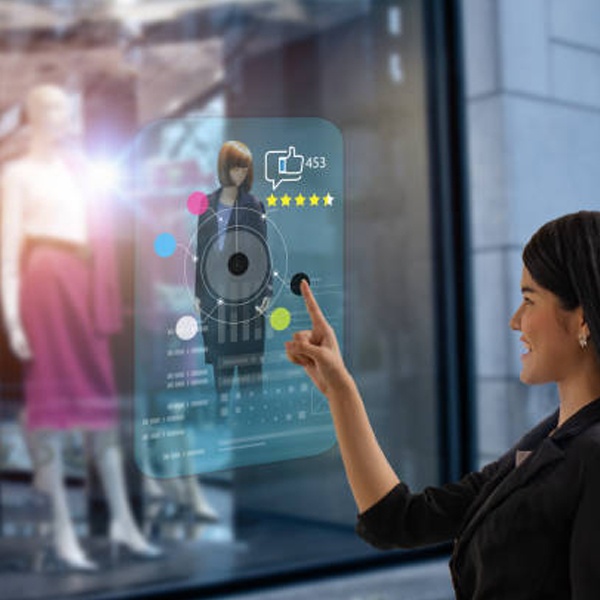
Contemporary fashion embraces technological innovation through smart textiles, digital design tools and immersive shopping experiences. Smart textiles are a clear example. These are clothes that do more than just cover you. Some can track your steps. Others can adjust to your body temperature. A few can even light up or change colour. Smart textiles respond dynamically to physiological needs. Then there's 3D printing. Designers now create clothes using
machines that build layers one by one. This cuts down waste and allows super-detailed designs. It also helps make custom pieces that fit just right without too much trial and error.
Shopping has changed too. Augmented Reality (AR) and Virtual Reality (VR) are turning dressing rooms into digital zones. With AR, you can point your phone at yourself and see how a dress might look. With VR, you can step into a virtual shop and try on outfits without leaving home. It's fast, fun and very real. Fashion and technology now go hand in hand. What once felt far-off is already here, changing the way we wear, design and buy clothes.
The Business Economics of Global Fashion
Fashion is full-on
business, with many steps from start to finish. It begins with raw materials like cotton and fabric. Then designers and factories turn them into clothes. Next, the products move through warehouses and agents. Finally, they land in shops or online stores for us to buy. Fashion also runs in cycles. Trends come, go and sometimes return. Brands follow these cycles to know what to make next. Forecasting helps with that. Experts watch trends, social media and culture to guess what's coming.
The
industry also breaks people into groups - called market segments. Some brands target luxury buyers. Others focus on budget-friendly fashion. There are styles for teens, office-goers, streetwear fans - and more. This helps brands design what people actually want. So, while fashion may look fun on the outside, there's smart planning and big business behind every outfit.
Trickle-Down Theory and Social Status
Fashion doesn't just pop out of nowhere. Over time, people have tried to explain why styles shift. Let's look at a few simple ideas that still make sense today.
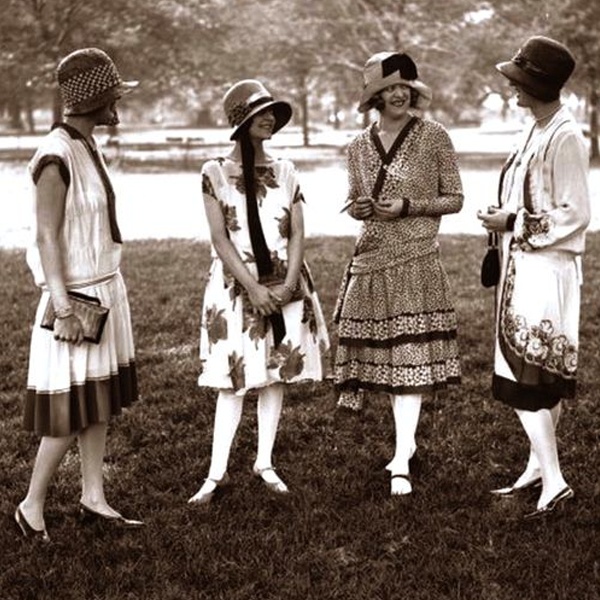
- Sumptuary Laws: Fashion was Controlled - Back in the day, rulers made rules about who could wear what. Rich fabrics and bold colours were only for the upper class. These laws showed your social rank through clothes. Even though those rules are gone, fashion still signals status.
- Trickle-Down Theory: Top to Bottom - This one is simple. Trends start with the rich. When everyday people start copying the look, the rich move on to the next new thing. It's a cycle. High fashion sets the tone, and the rest follow - for a while.
- Collective Selection: Group Taste - Not all trends come from celebs or designers. Sometimes, people just agree on what looks good. Styles spread when lots of people choose the same thing without really planning it.
- Barthes' Take: Fashion Sends a Message - French thinker Roland Barthes believed clothes speak. Not with words, but through what they represent. A sharp suit might say 'confident'. Loose clothes might say 'laid back'. What you wear tells others something about you.
- Other Views: Culture Shapes Style - Fashion also connects to culture, identity and change. Some see it as self-expression. Others link it to tradition or lifestyle. Either way, it's more than just fabric - it reflects how we live.
Sustainable Fashion and Ethical Practices
Fast fashion is all about
speed - new styles drop every week, prices stay low and people keep buying. But behind the scenes, it's rough. Workers get low wages, factories stay under pressure, and tonnes of clothes end up as waste. Slow fashion takes a better route. It focuses on fair pay, safe working spaces and clothes that last longer. No rush, no shortcuts. Upcycling is a good example. Some brands now turn old clothes into new ones, cutting waste and creating one-of-a-kind pieces. It's smart and simple.
A few Indian labels also highlight who made the clothes. They share real names, fair wages and safe working conditions - making things clear and honest.
Eco-friendly fabrics are picking up too. Banana fibre, recycled cotton and natural dyes are slowly replacing harsh materials. They are better for the planet and still stylish. Slower fashion may cost more, but it's kinder - to people, and to the earth.
Future of Digital Fashion Innovation
Fashion is stepping into a new space. It's going digital. Designers are creating outfits that exist only on screens. People wear them in photos, games or videos, not in real life. Runway shows are changing too. Virtual shows let anyone watch from anywhere, no fancy stage needed. Some even use 3D models instead of real ones. AI is also coming into play. It helps designers spot trends and build ideas faster. It's like a design assistant, not a replacement.
If you are a student, learn the tech. Basic design isn't enough now. Try 3D tools, design software and digital sketching. Also, keep an eye on sustainability. Eco-friendly skills are just as important as tech ones. Fashion's moving quick. To keep up, you have got to stay sharp and open to change.
Fashion isn't just about looking good. It shows who we are, where we come from, and what we believe in. Every choice we make - simple or bold - says something. It connects us. Traditions pass through clothes. Trends spread fast. But whether old or new, fashion always has a reason behind it. It also changes things. It shapes how we see each other and how we express ourselves. That's why fashion matters. Not just in shows or magazines, but in everyday life. It's not just style - it's a voice.
FAQ about Significance & Purpose of Fashion
1. What makes fashion psychologically and culturally significant in modern society?
Fashion serves multiple functions: psychological empowerment through personal expression, cultural preservation through
Traditional garments, social communication through style choices and economic impact through global industry networks.
2. Why should students learn about fashion?
It teaches them about culture, creativity, business and new technology in design.
3. How does fashion help with self-expression?
What people wear often shows their personality, feelings and choices.
4. How does fashion link to culture and tradition?
Many clothes show a group's history, customs and way of life.
5. Can fashion improve confidence?
Yes. Wearing clothes you like can make you feel better about yourself.
6. What does fashion psychology mean?
It's the study of how clothes affect how we feel and how others see us.
7. Can fashion create social change?
Yes. Fashion can support fairness, body positivity and gender equality.
8. How is fashion changing with technology?
New tools like 3D printing, smart fabrics and virtual fitting rooms are shaping fashion today.
It means making and buying clothes in ways that are good for people and the planet.
10. How does fashion affect the economy?
Fashion is a big industry that gives
jobs to many people and supports global trade.
11. What are the different fashion styles and their uses?
Styles like casual,
ethnic and formal serve different needs - comfort, tradition or events.
12. What is the difference between fashion and style?
Fashion is what's popular now. Style is your own way of dressing.
13. What is cultural appropriation in fashion?
It's when a culture's designs or symbols are used without respect or understanding.
Trends usually start with designers, celebrities or youth groups and spread through media.
15. Why is fashion education useful?
It helps people learn about design, fabrics, ethics and how fashion works as a business.
16. What are the main ethical
issues in fashion?
These include low pay for workers, waste and harm to the environment.
17. What does inclusive fashion mean?
It means clothes for everyone - no matter their size, age, gender or ability.
18. How does fast fashion affect the industry?
Fast fashion creates waste and often focuses on profit over quality and fair practices.
19. How can someone make fashion more meaningful?
Buy less, choose better, support local makers and reuse or recycle old clothes.
It's virtual
clothing used online or in games. It's new and growing fast.
21. Is fashion only about looks?
No. It's also about comfort, function, identity and culture.
22. Can fashion be both useful and stylish?
Yes. Many clothes today are made to be practical and still look good.
23. How does fashion link to personal image?
The way you dress can affect how others see you in daily life or at work.


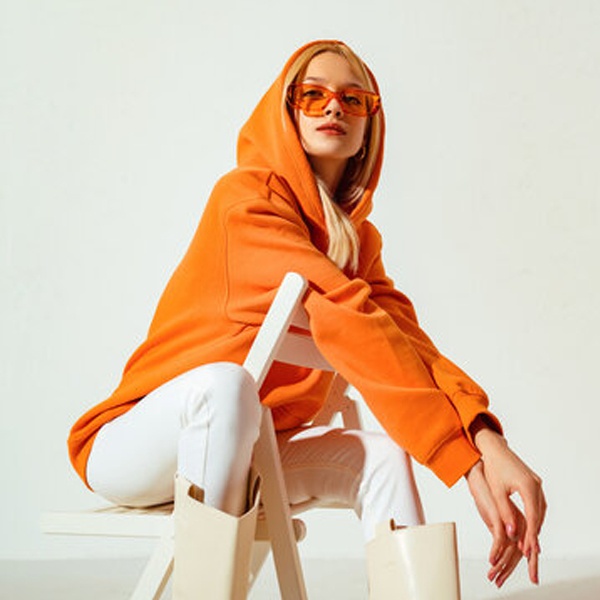
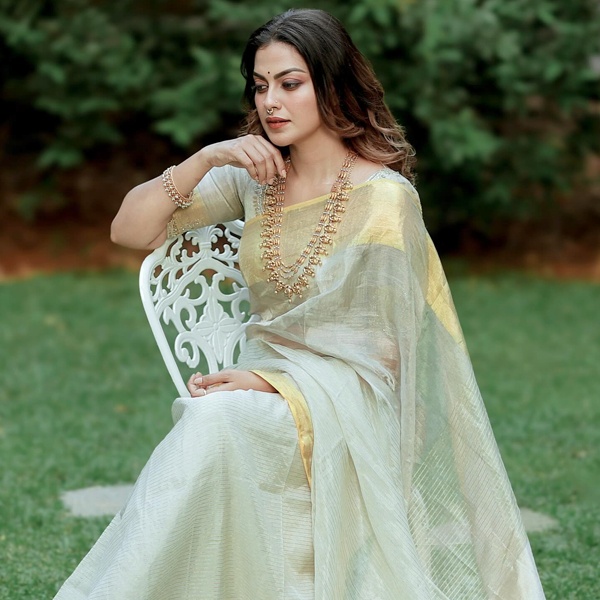
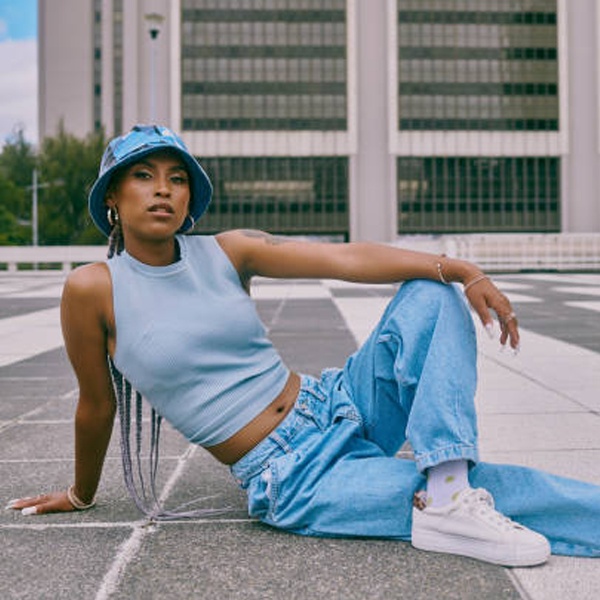
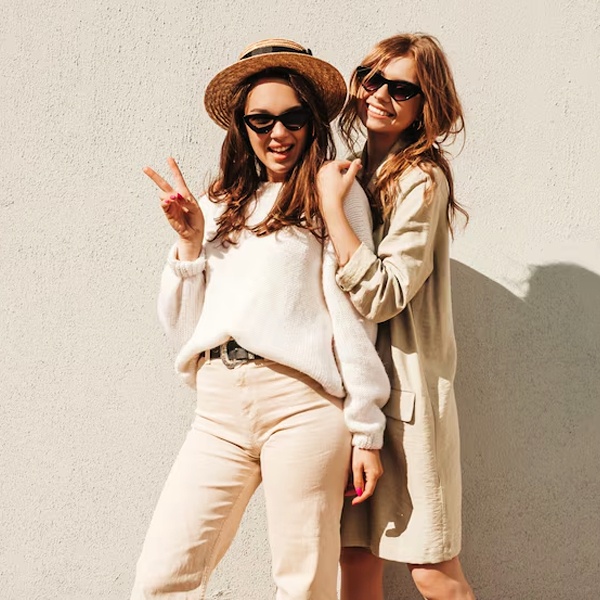

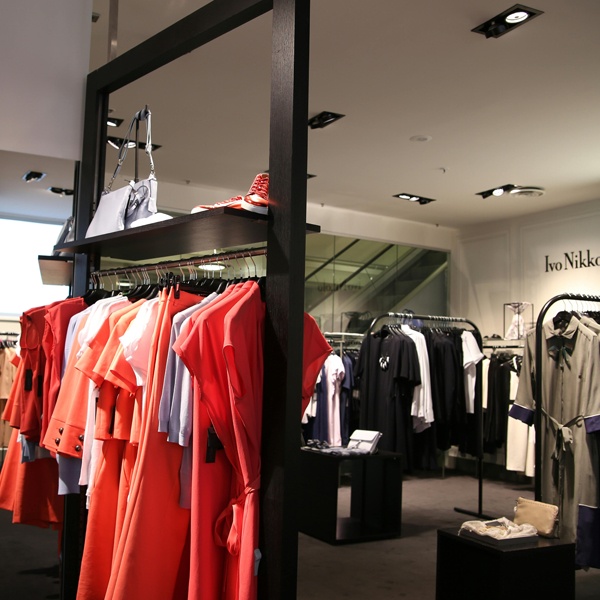

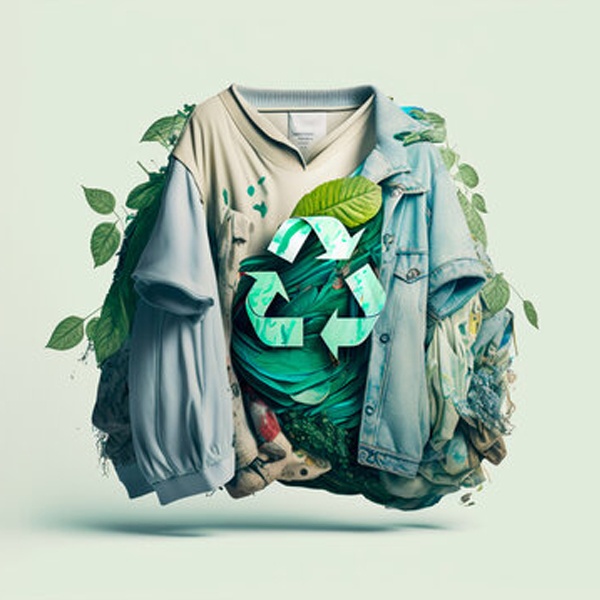

 CONTACT USWaves Institute of Fashion Designing,
CONTACT USWaves Institute of Fashion Designing,